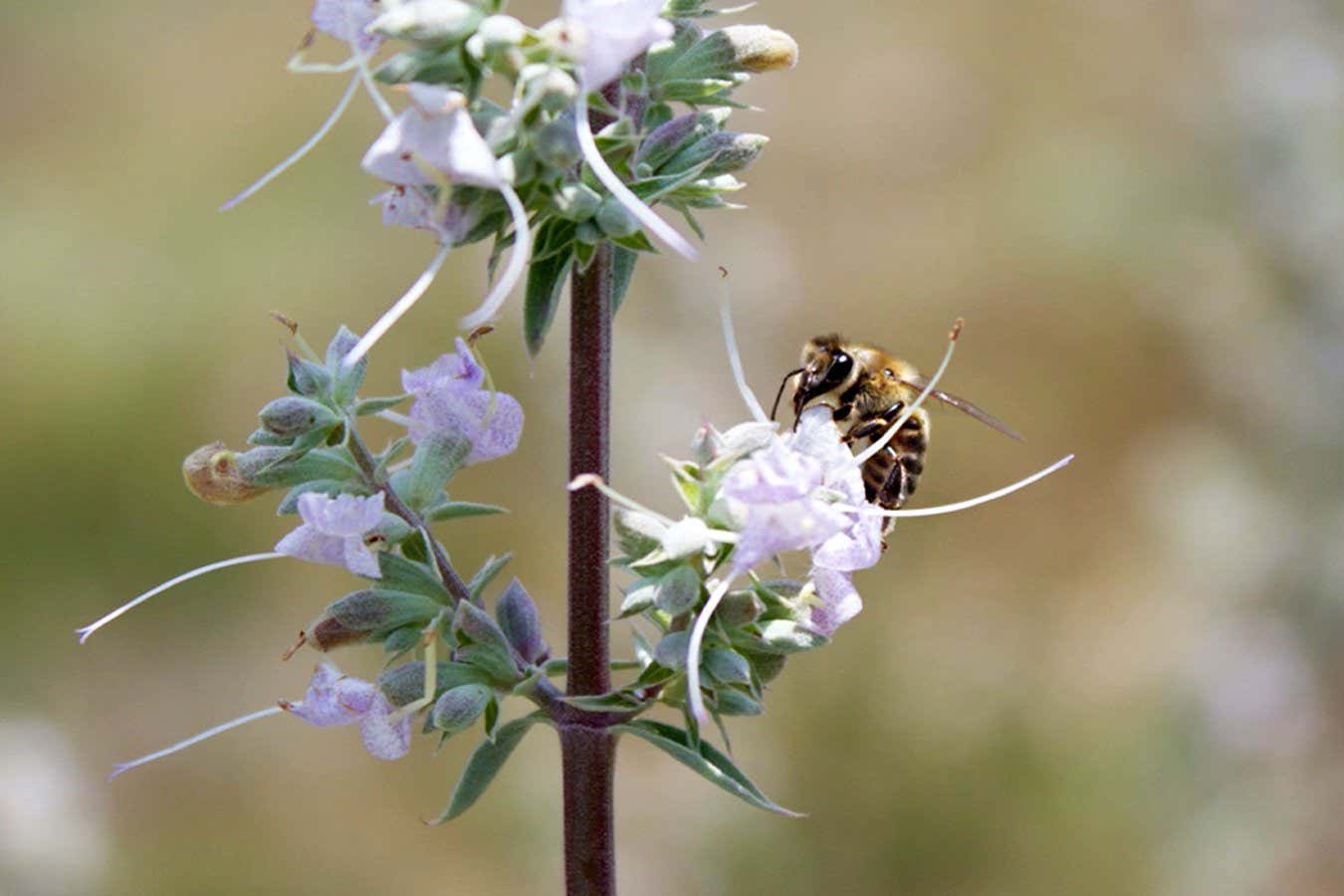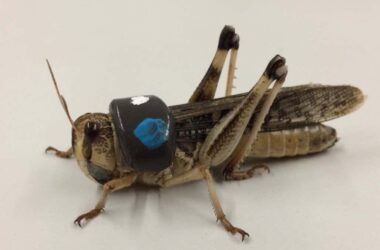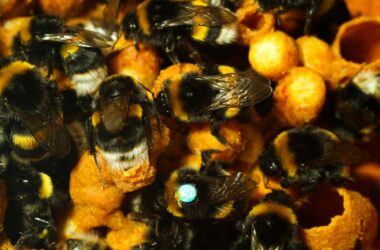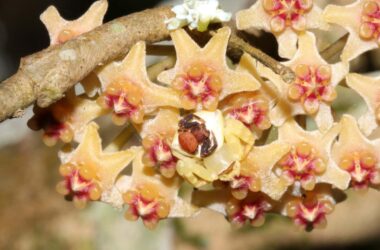
Honeybees can have a negative impact on the plants they visit. A study conducted by researchers at the University of California, San Diego found that native plants pollinated by non-native honeybees have lower survival and reproductive rates compared to those pollinated by native insects.
Western honeybees, which originated in Eurasia and Africa, were brought to North America in the 17th century. In some regions, such as San Diego county in California, they have established large feral populations that are not used in beekeeping. These feral honeybees are responsible for 75% of all floral visitations by pollinators in the area.
To investigate the impact of honeybees on native plants, the researchers compared the offspring of three types of plants – common phacelia, black sage, and white sage – that were either pollinated by honeybees or native pollinators. They bagged the flowers of the plants to prevent certain pollinators from accessing them. The researchers then cultivated the plants’ seeds and studied the germination success, survival rate, and leaf and flower production of the seedlings. These measurements provided insights into the quality of the plants’ offspring.
The study revealed that offspring from plants pollinated by native pollinators were two to five times more likely to survive and reproduce compared to those from honeybee-pollinated plants.
Field observations also showed that honeybees visited multiple flowers on the same plant twice as often as other pollinators. This suggests that honeybees may be promoting self-pollination, which can result in inbred offspring.
San Diego county is known for its high biodiversity, with over 600 native bee species and 2400 plant species. However, the potential impact of honeybees on this ecosystem remains unclear. The reduced fitness of native plants due to honeybee pollination may create more free space for invasive plant species. These invasive plants can contribute to the spread of wildfires by filling the gaps between shrubs and becoming highly flammable.
On the other hand, honeybees’ preference for abundant blooms may benefit some native plants. If common, widespread plants have lower fitness, it could potentially protect the rarer plant species and promote diversity.
This study is an important demonstration of the negative effects honeybees can have on native plants. While honeybees are essential for agriculture, this research highlights the need to carefully consider the impact of both feral and managed honeybees.
Insights:
The study conducted by researchers at the University of California, San Diego reveals the potential negative impact of non-native honeybees on native plants. It highlights how honeybee pollination can result in offspring that are less likely to survive and reproduce compared to those from native pollinators. The study also raises concerns about the potential consequences for biodiversity, as well as the spread of invasive plant species and wildfires. On the other hand, honeybees’ preference for abundant blooms may have potential benefits for rarer plant species and promote diversity.








